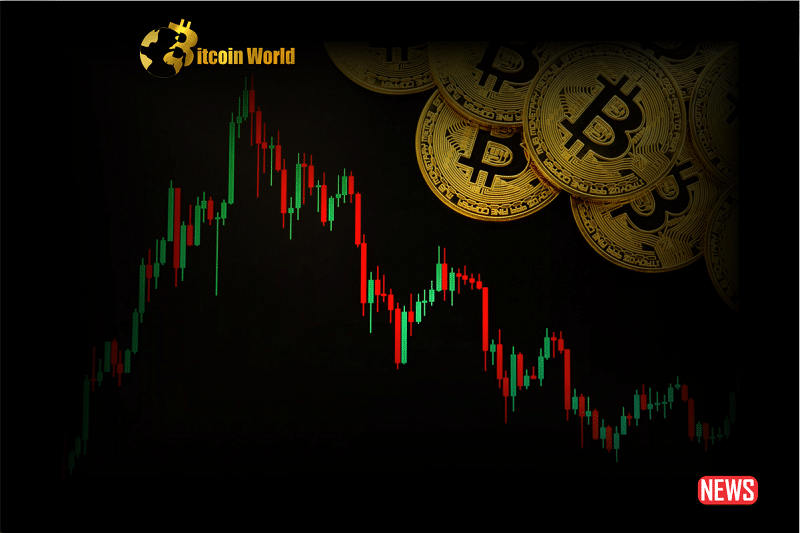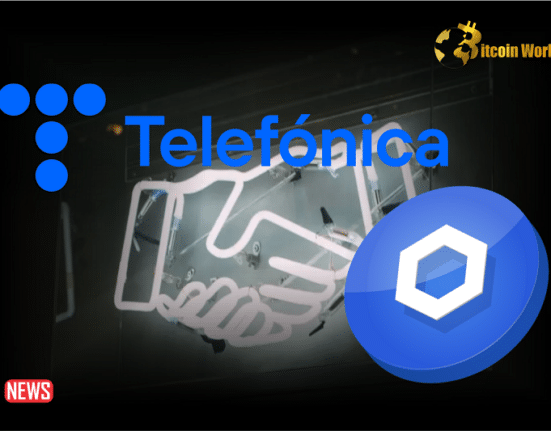The cryptocurrency market is experiencing a season of uncertainty and unpredictability. The question on everyone’s mind is: What narrative defines this season? Is it the rise of meme coins? A hedge against risk? Or perhaps a risk asset season? The truth is, it’s hard to pinpoint a clear narrative in the current landscape.
One day, Bitcoin and Ethereum show signs of steady upward movement, only to be overshadowed the next day by a sudden surge in memecoins. On other occasions, there’s a flight to quality, as evidenced by the record-high amount of staked Ether since Ethereum’s Shapella upgrade. Large Ether holders are seeking passive income and are attracted to the potential price increase driven by anticipated deflationary forces.
Charmyn Ho, head of crypto insights at Bybit, notes that the market lacks a definitive narrative. The imminent Ethereum EIP-4844 upgrade, which favors Layer 2 solutions like Arbitrum and Optimism, may usher in an “L2 season” while altcoins gravitate towards Bitcoin amidst a fluctuating yield curve. However, it’s still premature to talk about an incoming “altseason” or “memeseason” as most coins struggle to break their 20-week moving averages. Capital continues to flow from altcoins to Bitcoin and Ethereum, causing most altcoins to decline against their BTC pairs.
There was speculation that Hong Kong’s virtual asset rules would rekindle the city’s crypto scene, reminiscent of its early days as a hub for crypto growth. However, the latest draft of guidelines released by the Securities and Futures Commission (SFC) dampened these hopes. The draft indicates that while retail investors can trade crypto in Hong Kong, not all of them will have access. The SFC emphasizes the need for strict requirements due to the automated trading nature of virtual assets.
To operate in Hong Kong, crypto platforms must establish comprehensive onboarding processes, including risk tolerance assessment and evaluation of investors’ understanding of virtual assets. The SFC requires limits on position sizes and mandates the presence of key positions such as Responsible Officers and Licensed Representatives, who must meet the criteria set for traditional financial institutions.
Furthermore, exchanges must maintain a minimum capital amount and submit monthly financial reports to the SFC. This aligns with the trend of exchanges publishing Proof of Reserves to ensure liquidity. The SFC also proposes a 12-month cooling-off period between token launch and listing on regulated exchanges to mitigate fraud risks.
While the SFC insists on independent smart contract audits and inclusion in reputable indices, it refrains from publishing a list of eligible virtual assets for retail trading. The ban on stablecoins for retail traders due to their lack of regulation and susceptibility to runs is also a controversial aspect of the proposed rules.
In contrast, FTX customers in Japan enjoy more flexibility due to regulations requiring the use of third-party custodians. This allows Japanese customers to withdraw both crypto and fiat from FTX Japan, unlike their counterparts in Hong Kong, where the absence of a regulatory regime for custodians of virtual assets hinders supervision and enforcement.
As the crypto market navigates this season of ambiguity, stakeholders must adapt to evolving narratives and regulatory landscapes. The absence of a clear narrative highlights the need for flexibility and vigilance in an ever-changing industry.















